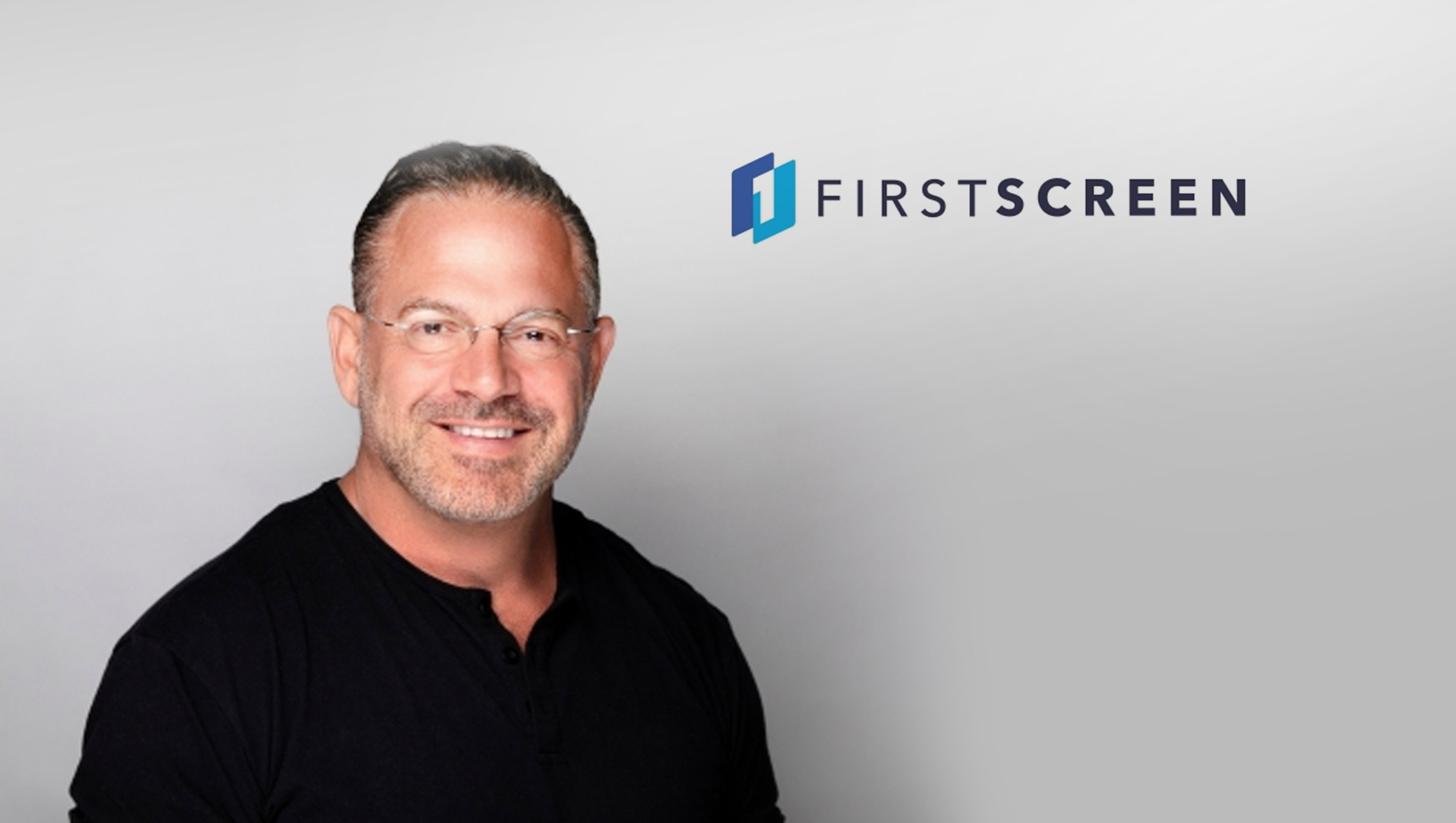Contextual targeting has existed for over a decade, but it’s experiencing a revolution. The technology is getting more intuitive, creative and adaptive. Recent innovations in contextual involve connections between intelligence and adaptive creative to yield an improved experience for the entire ecosystem — users, advertisers and publishers.
Marketing Technology News: MarTech Interview with Ajay Khanna, Chief Marketing Officer at Explorium
As a result of the dependence on third-party cookies, the ad tech industry has become insular and complacent. With the active decline of the cookie, ad tech will be able to push forward with innovation and disruption to create a stronger ecosystem for brands, users and publishers. Although Google temporarily extended the lifespan of the cookie, now is the time for the industry to push on the accelerator. It’s an exciting time that’s driving innovation and creativity again. One of the areas experiencing rapid advancement is contextual targeting, despite having existed for over a decade.
Traditional contextual targeting – which consists of fixed ad parameters – is showing its weaknesses. Typically, when ads are created and placed across the web, brands work with demand-side platforms and data management platforms to place an ad with fixed creative against the appropriate audience and content parameters.This structure is rigid, allowing limited flexibility on altering messaging in ad creative to best fit the user and their environment. For example, the technology determines an article is about football so an existing ad is served that is sports related. However, contextual is growing beyond this – it can now learn from the content around it and transform the content of the ad unit itself to deliver a native and faultless user experience.
The industry is also being presented with an opportunity to make protecting user data privacy a priority as a result of the conversations around the cookie. Contextual targeting is a strategy that’s ahead of the curve, satisfying the values of all stakeholders – the user, the publisher and the brand. The user no longer has to worry about privacy issues, while the publisher can enhance their content with appropriate ads and the brand can appeal to its desired users in a safe environment.
Now the question is, “How do you make contextual targeting as effective, if not more effective, than user targeting?” The answer is to leverage adaptive creative with contextual to generate advertising that is more intuitive and integrated into the content. Doing this will not only keep the user’s privacy safe, but a superior experience will be delivered as well.
The main advantage of adaptive creative is using content signals to not only target an ad but to actively create an ad to be narrowly aligned with an article or a user. The intent of the user is signaled based on the subject matter of the content they are consuming, which can better indicate purchase behavior than the traditional path of targeting based on browsing.
Marketing Technology News: MarTech Interview with Ron Jaworski, CEO at Trinity Audio
One way of formulating ads is choosing specific references from an article and tying them to your brand. As a result, your brand stays with the reader as they explore while your message adapts to best fit the content and the readers’ interests. Adaptive creative is what native advertising should have looked like all along. By engaging with users at their peak point of interest, it’s ensured that a brand’s messages are entering a more receptive mind. This means the users drop their blinders and find the ad more useful.
With the growth of this new wave of contextual targeting, the future of ad tech is being defined. This doesn’t mean that contextual is a cure-all, though. Brands that leverage this extra time with the cookie to experiment with new technologies will see the most growth and success. It will be crucial to think about contextual in a more elaborate manner and how it can layer in with first-party data and universal ID solutions.
Now is an exciting time for the industry to seize the opportunity and come together to create a cookie-less landscape where everyone is satisfied, rather than at odds.
Marketing Technology News: MarTech Interview with Gregory Zakowicz, Director of Content, Omnisend











